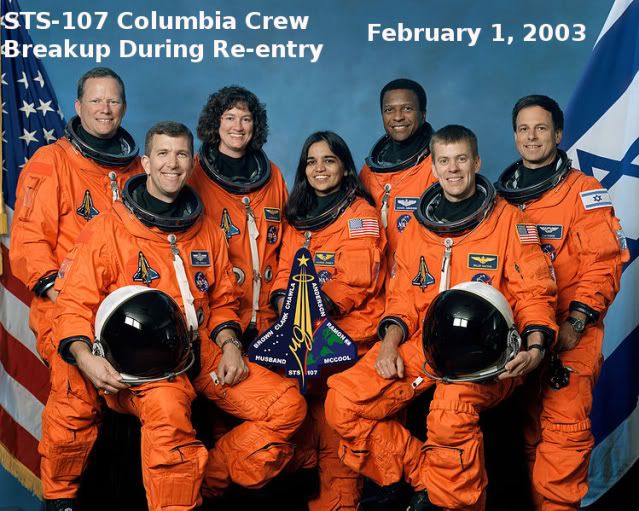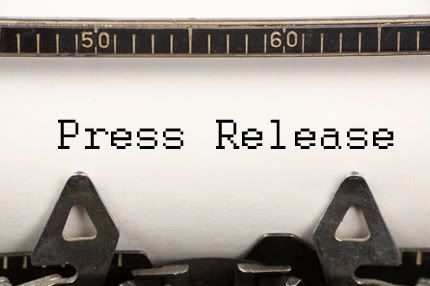NASA Day of Remembrance
Each January, we honor the Apollo 1, Challenger and Columbia crews, as well as other members of the NASA family who lost their lives supporting NASA’s mission of exploration. We thank them and their families for their extraordinary sacrifices in the service of our nation.
On this Day of Remembrance, as we remember our fallen heroes with tributes and public ceremonies, I will take part in a wreath-laying ceremony at Arlington National Cemetery. Across the country, all flags at NASA Headquarters and the NASA centers will be flown at half-mast in their memory.
Space exploration is a difficult and dangerous endeavor. We recognize these pioneers’ sacrifices each day with our ongoing commitment to safety. As an agency, we know the risks inherent in each mission. Ensuring the safety of our employees is our highest priority.
The legacy of those we have lost is our ongoing work and the inspiration of generations of new space explorers. Every day, with each new challenge we overcome and every discovery we make, we honor these remarkable men and women. Please join me in working to fulfill their dreams for the future.
Charles F. Bolden, Jr.
NASA Administrator
Link to Articles
Apollo One
Challenger
Columbia
Each January, we honor the Apollo 1, Challenger and Columbia crews, as well as other members of the NASA family who lost their lives supporting NASA’s mission of exploration. We thank them and their families for their extraordinary sacrifices in the service of our nation.
On this Day of Remembrance, as we remember our fallen heroes with tributes and public ceremonies, I will take part in a wreath-laying ceremony at Arlington National Cemetery. Across the country, all flags at NASA Headquarters and the NASA centers will be flown at half-mast in their memory.
Space exploration is a difficult and dangerous endeavor. We recognize these pioneers’ sacrifices each day with our ongoing commitment to safety. As an agency, we know the risks inherent in each mission. Ensuring the safety of our employees is our highest priority.
The legacy of those we have lost is our ongoing work and the inspiration of generations of new space explorers. Every day, with each new challenge we overcome and every discovery we make, we honor these remarkable men and women. Please join me in working to fulfill their dreams for the future.
Charles F. Bolden, Jr.
NASA Administrator
Link to Articles
Apollo One
Challenger
Columbia
A tribute to the heroes of STS-107 Columbia

The Columbia breakup happened on Saturday, February 1, 2003. It disintegrated over Texas stretching from Trophy Club to Tyler and into parts of Louisiana during re-entry into the Earth's atmosphere, resulting in the death of all seven crew members, shortly before it was scheduled to conclude its 28th mission, STS-107.
The loss of Columbia was a result of damage sustained during launch when a piece of foam insulation the size of a small briefcase broke off the Space Shuttle external tank (the main propellant tank) under the aerodynamic forces of launch. The debris struck the leading edge of the left wing, damaging the Shuttle's thermal protection system (TPS), which protects it from heat generated with the atmosphere during re-entry. While Columbia was still in orbit, some engineers suspected damage, but NASA managers limited the investigation, on the grounds that little could be done even if problems were found.
NASA's original Shuttle design specifications stated that the external tank was not to shed foam or other debris; as such, strikes upon the Shuttle itself were safety issues that needed to be resolved before a launch was cleared. Launches were often given the go-ahead as engineers came to see the foam shedding and debris strikes as inevitable and unresolvable, with the rationale that they were either not a threat to safety, or an acceptable risk. The majority of Shuttle launches recorded such foam strikes and thermal tile scarring. During re-entry of STS-107, the damaged area allowed the hot gases to penetrate and destroy the internal wing structure, rapidly causing the in-flight breakup of the vehicle. An extensive ground search in parts of Texas, Louisiana and Arkansas recovered crew remains and many vehicle fragments.
Initial NASA TV Coverage of Columbia Accident
Amateur video shot of the final moments of the Columbia
Cockpit video of the momets leading up to the destruction of the Columbia.
US Apache Helicopter crews were on a training mission with foreign pilots on the morning of February 1, 2003. Gun-camera footage picks up the shuttle as it enters the atmosphere over Central Texas. The footage was released a couple of days after the crash. Video is courtesy of Fort Hood and DOD.
An audio podcast discussion accompanied by photos of the Cloumbia breakup and recovery.
Here is a video playlist of live coverage of the accident and immediately thereafter by NASA, CNN and other TV Networks.
For more information regarding the Columbia accident, please visit these websites:






























0 comments :
Post a Comment